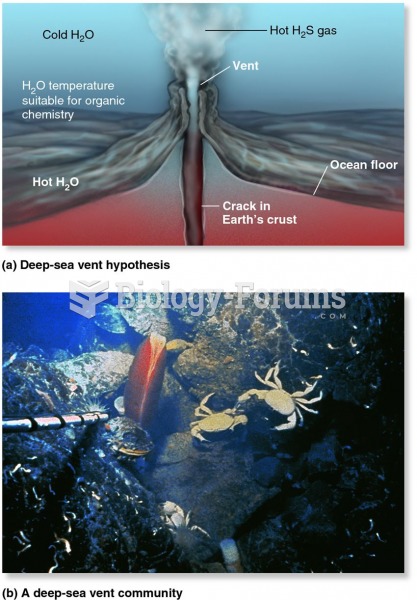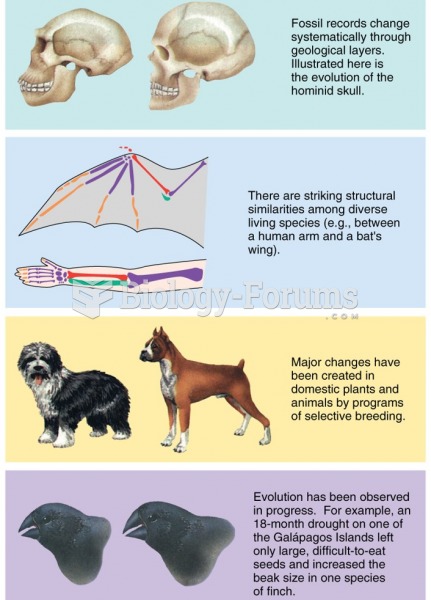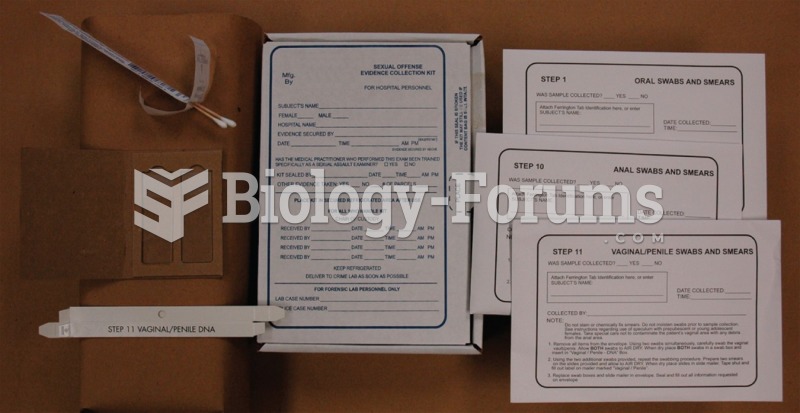Answer to Question 1
The Younger Dryas is a 1300-year-long cold snap that started about 13,000 years ago and interrupted the overall trend of warming after the peak of the last ice age. Evidence for the Younger Dryas includes changes in temperature-sensitive vegetation in successive layers of sediment, proxy measurements of ocean temperature, and proxy measurements of air temperature over Greenland. The most widely held hypothesis for the Younger Dryas points to a period without conveyor-belt-style ocean circulation in the North Atlantic Ocean, which decreased the efficiency of ocean currents to distribute heat away from the equator to higher latitudes. The conveyor-belt circulation may have temporarily ceased when large volumes of freshwater from the melting of ice-age glaciers decreased the salinity of surface water in the North Atlantic so that the sinking part of the conveyor belt could not exist.
Answer to Question 2
As techniques for measuring temperature become more standardized and instruments become more reliable, there is less variability in temperature measurements that can be attributed to the measurement itself, meaning that there is greater certainty that the measured value represents actual temperature. Also, when averaging temperature over a region, there is greater uncertainty in earlier values than more recent ones simply because there are many more measurement locations now (covering roughly 80 of Earth's surface) than previously (representing only about half of Earth's surface in the 19th century).







